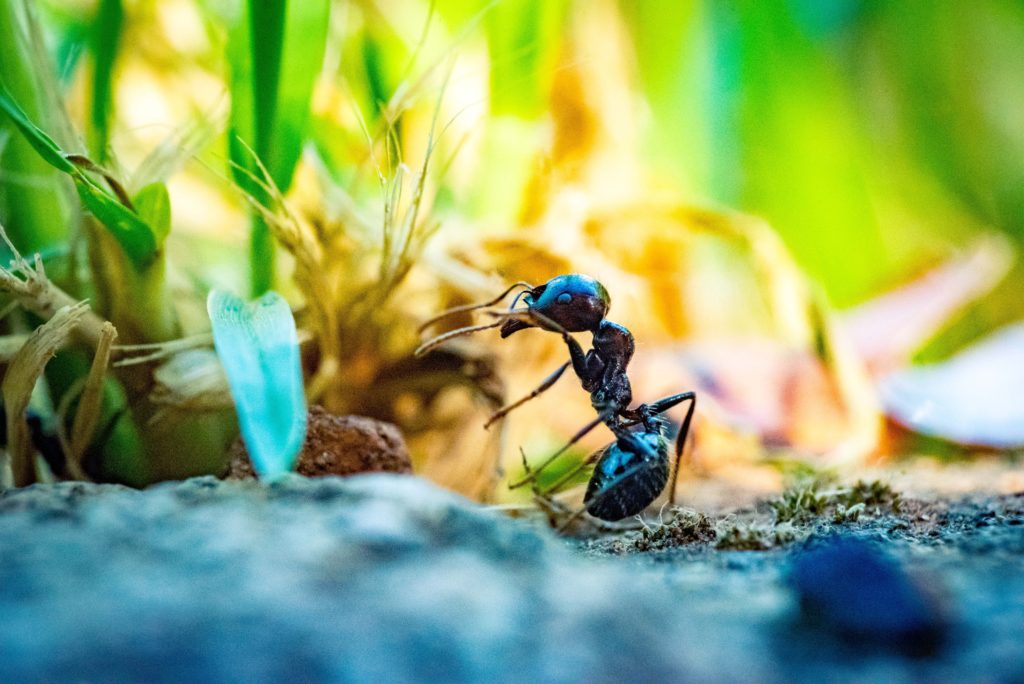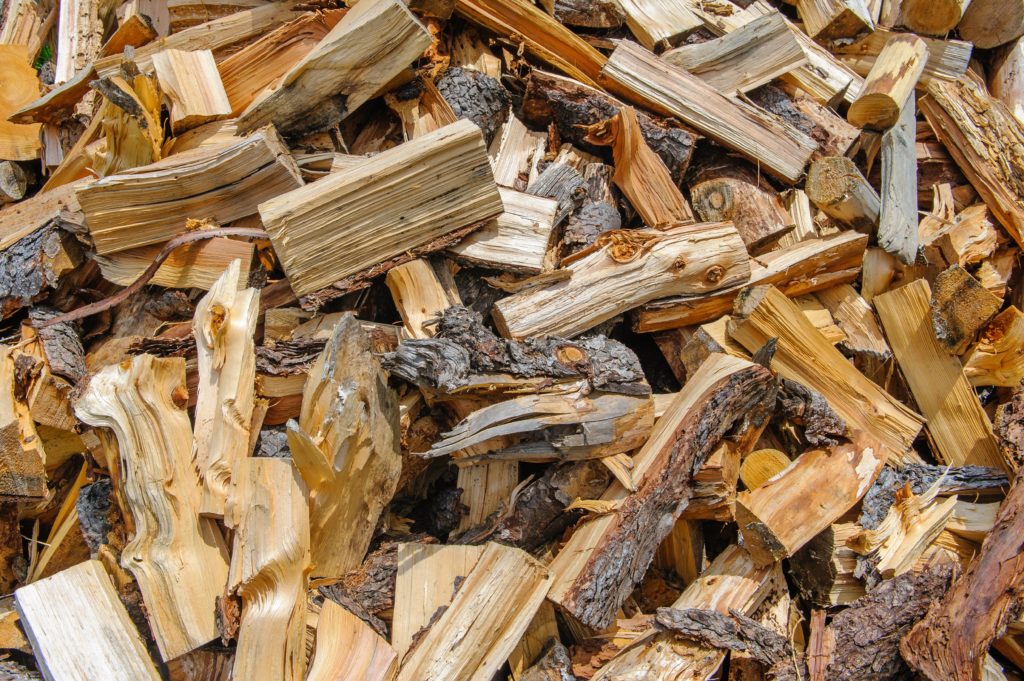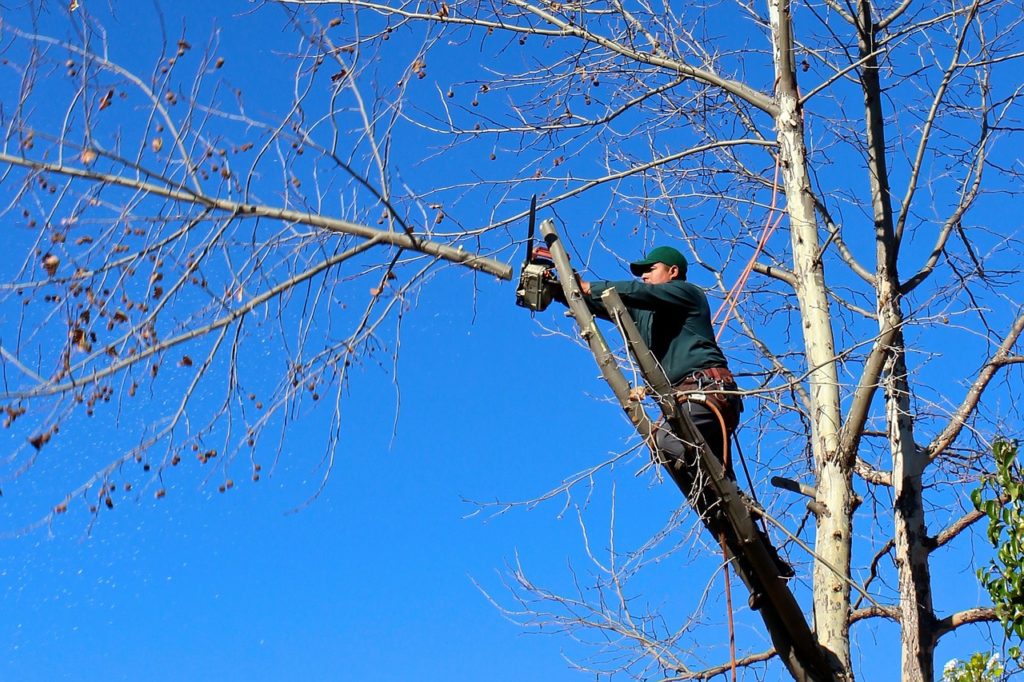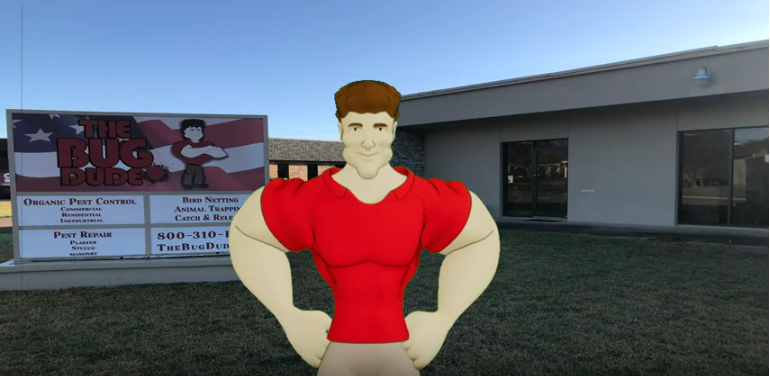
You look up at a figure delicately balanced on a thin wire suspended high above the ground. The figure gracefully, confidently crosses the wire, seemingly unconcerned that there is no safety net to catch them should they fall. Below the daredevil is another spectacle, as acrobats perform tricks, walking around as easily on their hands as they would their feet. Not too far away a small parade can be seen with marchers weaving a precise path through their surroundings. Though you aren’t seated under the Big Top, you can’t help but imagine a ringmaster popping out to introduce a fabulous flying trapeze act, or expect to see a few rogue clowns causing mischief. For a moment you let yourself be transported to the extravaganza that was The Greatest Show on Earth, with all it’s thrills and laughs. But all too quickly reality breaks the illusion and you remember that the performers you’ve been watching aren’t skilled artists, they’re actually insects, specifically Acrobat Ants, and they’re in your yard and heading to your home.

What do Acrobat Ants Look Like?
Acrobat Ants range in size from about 1/8” to 1/4” in length depending on which species of this ant you are encountering (there are 25 species in the U.S. and over 400 species worldwide). Their coloration can vary from light brown, to nearly black, to multicolored red and black. They have a heart-shaped abdomen (noticeable when viewing the ants from above), 2 nodes in their pedicel (the space that connects the thorax to the rear, or gaster, of the ant), 12-segmented antennae, and 2 short spines on their thorax.

How did they get their Name?
This type of ant was given a name that conjures up images of tumblers and circus performers doing incredible tricks for good reason. When the ants are excited or disturbed, they will run around with their abdomens held up high above their heads, making it look like they are performing an exceptionally adept acrobatic handstand.

Where are Acrobat Ants Found?
Geographically, Acrobat Ants can be found natively across the United States. They prefer to nest in moist, decaying wood, and are especially fond of living in old carpenter ant or termite galleries, though they will also frequently use chambers made by other wood-boring insects. Generally, these sources of decaying and damaged wood are found outdoors in the form of tree stumps, rotten logs, and fallen trees and limbs. However, they are just as happy to live indoors if the conditions are suitable. When they do make their nest inside a home, they do so in house voids, in walls (especially around doors, window frames, and skylights), in insulation, and of course in any old carpenter ant or termite galleries that may be present. The presence of Acrobat Ants in your home is a sure sign that you have some moist, damaged wood that needs to be addressed.
Are Acrobat Ants Dangerous?
These little performance artists are overall relatively harmless to people and pets, however, when threatened, they have three potential modes of defense: they can bite, sting, or let off an unpleasant odor. Though all of these would be undesirable to encounter, even the sting is not terribly painful and the effect only lasts for a short while. Perhaps the greatest danger to people is from the shock and fear created by the annual mating swarms of these ants where large numbers of the ants will suddenly emerge and resemble something akin to a Hitchcock film.
The biggest threat that Acrobat Ants present is to your home, and it’s not from what you might think. Though they live in damaged wood, they aren’t a wood-destroying pest like carpenter ants and termites, their danger comes from their ability to strip the insulation off wires (like electrical wires) in your home, causing short circuits and costly repairs.

What are the Signs of an Acrobat Ant Infestation?
Though it may seem counter-intuitive given that they aren’t a wood-destroying pest, one of the most obvious signs of an Acrobat Ant infestation, other than the ants themselves, is small piles of wood shavings, dirt, or foam insulation. The ants create these piles not by excavating the wood, like carpenter ants, but rather by cleaning up any debris that the previous residents of the galleries had left behind. This debris is also why the ants are so commonly thought to be either carpenter ants or termites until a professional pest control technician comes out to make an identification.
When looking for the ants themselves, keep an eye out for ant trails at any places where wires or pipes enter the walls, as well as along the foundation of your home.
What do Acrobat Ants Eat?
To an Acrobat Ant, the greatest delicacy is the honeydew excreted by insects like aphids or mealybugs. However, they will also feed on other insects (live or dead), or a variety of sources of proteins or sugars (such as syrups, cereal, meats, or oils) that can be found inside your home.

How do you Prevent Acrobat Ants?
The most important thing you can do to help prevent an Acrobat Ant infestation inside your home is to keep a vigilant eye out for any sources of water-damaged or moist wood and immediately get these areas repaired and the source of the damage eliminated. Other than that, the best things to do are to limit the ants’ access to your home. A few major tips to limit ant access are:
- Prune trees and shrubs so they don’t touch or overhang the home
- Keep firewood away from your home and off the ground
- Keep your yard free of dead trees and rotting logs
- Keep gutters clear and ensure that downspouts are properly functioning
- Seal cracks in the foundation and attic
- Seal gaps around windows, doors, and openings around pipes and utility lines
- Keep food (including pet food or birdseed) in tightly sealed containers
- Make sure that sprinklers are not directly spraying the foundation

How do you Eliminate Acrobat Ants?
As with most ants, it’s vital to use the correct products to not only kill the ants you’re seeing, but to eliminate the entire colony, and to make sure that the products you are using have been designed specifically for the type of ant you are dealing with. For this reason, when you see the signs of an Acrobat Ant infestation it’s best to call The Bug Dude at 817-354-5350 and let our experienced technicians identify and treat these pests before they make a circus of your home.
Though the circus is a visual marvel, and brings to mind nostalgic images of classic Americana, the only acrobats you want to encounter are those trained performers you see dazzling under the Big Top. If you discover Acrobat Ants are trying to make a clown out of you, call The Bug Dude and let our professionals tame them before the problem explodes.
Further Reading:
“Acrobat Ant, Crematogaster sp.” – Urban and Structural Entomology Program at Texas A&M University
“Acrobat Ants – Crematogaster spp.” – PestWorld.org
“How to Get Rid of Acrobat Ants” – Ants.com
“Acrobat Ants” – eXtension
“8 Legendary Circus Performers” – Evan Andrews – History.com – A&E Television Networks, LLC
Author Bio: Alissa Breach has been gaining knowledge and experience around pest control concerns over the last 11 years while working for Mid-Cities Pest Control. She has a creative writing BA from UW-Madison and is always pursuing new and interesting writing projects.
PHOTO CREDITS:
Images by Free-Photos, Guillaume de Germain, Cade Renfroe, Clem Onojeghuo, Alexander Schimmeck, nightowl




